Choosing the best soil for cannabis is crucial for cultivating healthy, high-yielding plants. The right soil ensures optimal root development, nutrient uptake, and moisture retention, all of which contribute to vigorous plant growth and potent buds.
Many growers underestimate the importance of soil quality, assuming that any standard garden soil will suffice. However, cannabis has specific needs that require careful selection and maintenance of the growing medium. Using an inadequate soil mix can lead to poor drainage, nutrient deficiencies, or compacted roots, significantly affecting plant health and yield.
The goal of this guide is to help you understand what makes an ideal soil for cannabis and how to enhance it for maximum productivity. We will discuss key soil characteristics, essential amendments, and practical tips for maintaining soil health throughout the growing cycle. Whether you’re growing indoors or outdoors, selecting the best soil for cannabis will set the foundation for a successful harvest.
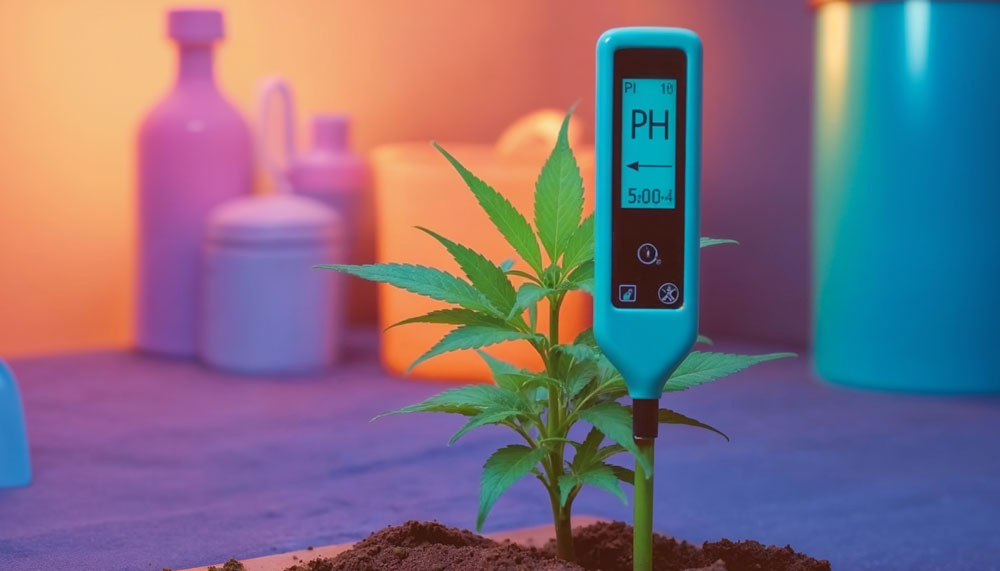
In addition to soil structure and composition, environmental factors like pH levels, aeration, and microbial life play a significant role in root health and nutrient absorption. By the end of this guide, you’ll have all the knowledge necessary to build a nutrient-rich soil mix that fosters strong, resilient cannabis plants.
The ideal soil for cannabis should provide proper aeration, retain moisture, and contain essential nutrients. Here are the key factors to consider:
Cannabis thrives in loamy soil, which is a balanced mixture of sand, silt, and clay. This type of soil ensures adequate drainage while retaining the necessary moisture.
A simple way to test your soil’s texture is by taking a handful, moistening it slightly, and squeezing it. If it crumbles easily, it has good aeration; if it forms a sticky mass, it may contain too much clay and need amendments like perlite or sand. This balance is essential for creating the best soil for cannabis that allows strong root expansion and nutrient absorption.
Maintaining the right pH balance is essential for nutrient absorption. Cannabis plants prefer a slightly acidic pH between 6.0 and 7.0. A pH that is too high (alkaline) or too low (acidic) can cause nutrient lockout, where plants cannot absorb essential minerals even if they are present in the soil.
According to research from the University of Vermont, maintaining optimal pH levels ensures that nutrients remain bioavailable to cannabis plants, preventing deficiencies and improving overall growth.
Similarly, experts at Michigan State University recommend using agricultural lime to increase pH and elemental sulfur to lower it, helping growers maintain a stable environment for their plants.
Ensuring the correct pH balance is crucial in maintaining the best soil for cannabis throughout its growth cycle.
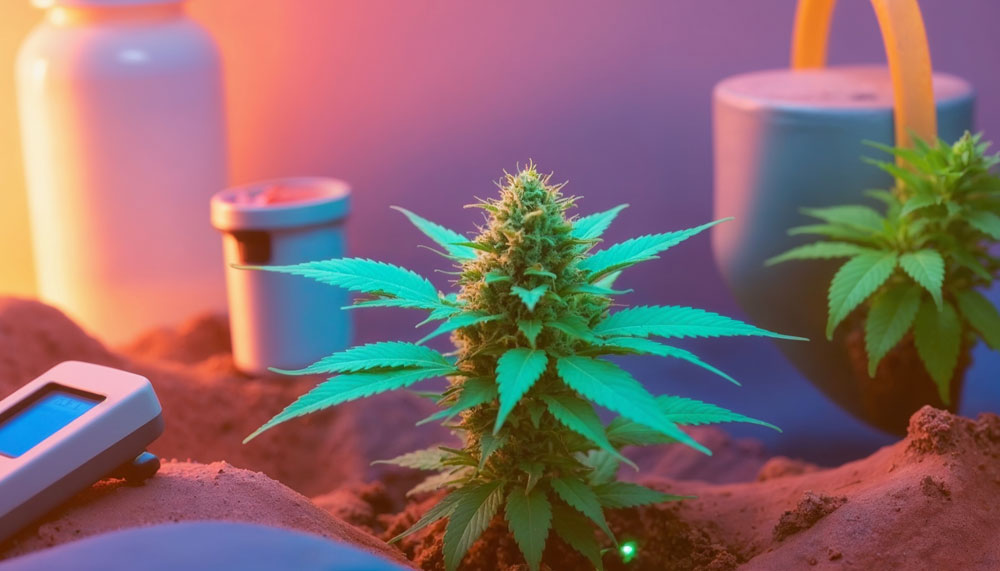
Cannabis plants require three primary macronutrients:
Additionally, cannabis needs micronutrients such as:
Organic soil naturally contains many of these nutrients, but deficiencies can be corrected using compost, worm castings, or organic fertilizers. A good soil mix should release nutrients slowly over time, avoiding excessive fertilization that can harm plant roots. By enriching your grow medium, you ensure that your plants thrive in the best soil for cannabis available.
Enhancing your soil with organic matter improves its structure and fertility. Here are some of the best soil amendments:
Compost is one of the best organic amendments you can add to your soil. It improves aeration, increases microbial activity, and provides slow-release nutrients essential for cannabis growth. The USDA highlights how composting enhances soil health by improving water retention and reducing erosion.
Biochar helps retain nutrients, improves soil aeration, and promotes microbial life. According to the Rodale Institute, biochar enhances soil fertility and plant resilience, making it an excellent long-term amendment.
Mycorrhizal fungi form symbiotic relationships with cannabis roots, enhancing nutrient absorption and improving resistance to soil-borne pathogens. Studies from the Permaculture Research Institute show that these beneficial fungi significantly boost plant health and phosphorus uptake (source).
Ensuring your soil is enriched with these amendments creates the best soil for cannabis, helping your plants achieve their full potential.
To keep your soil in optimal condition, consider:
Choosing and maintaining the best soil for cannabis is fundamental for successful home cultivation. By selecting the right texture, ensuring proper nutrient balance, and adding beneficial amendments, you can create an optimal environment for healthy, high-yielding plants. Whether growing indoors or outdoors, a well-prepared soil mix will maximize your yield and potency. Happy growing!



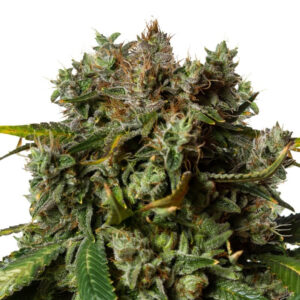

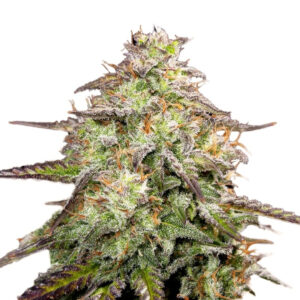
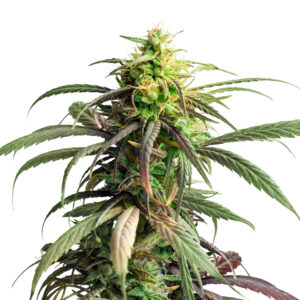






Related Posts
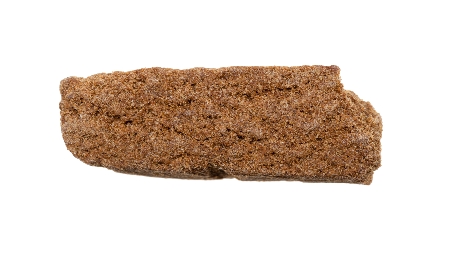
Get thrown around but in fact no one actually dissects the term and thinks brownies made with hash. Instead we just think space brownies. Hash, or hashish is not common in America, and if it was to be found it’s probably terrible quality and mixed with a plethora of other condiments and rubbish. It’s mostly found in Northern Africa, Europe, and different parts of Asia.

CBD (short for cannabidiol) and THC (tetrahydrocannabinol) belong to a group known as cannabinoids, and they are derived from the cannabis plant. Let’s have a closer look at these two.
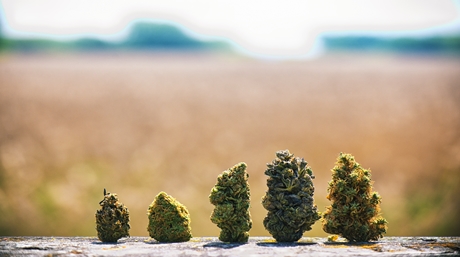
And pretty much anyone else nowadays can tell you that identifying cannabis is largely linked to smell. It the unmistakeable aroma that suddenly turns you into a hound dog when you in public and you smell weed. You sniff it out until you see who is the lucky bastard with the joint.